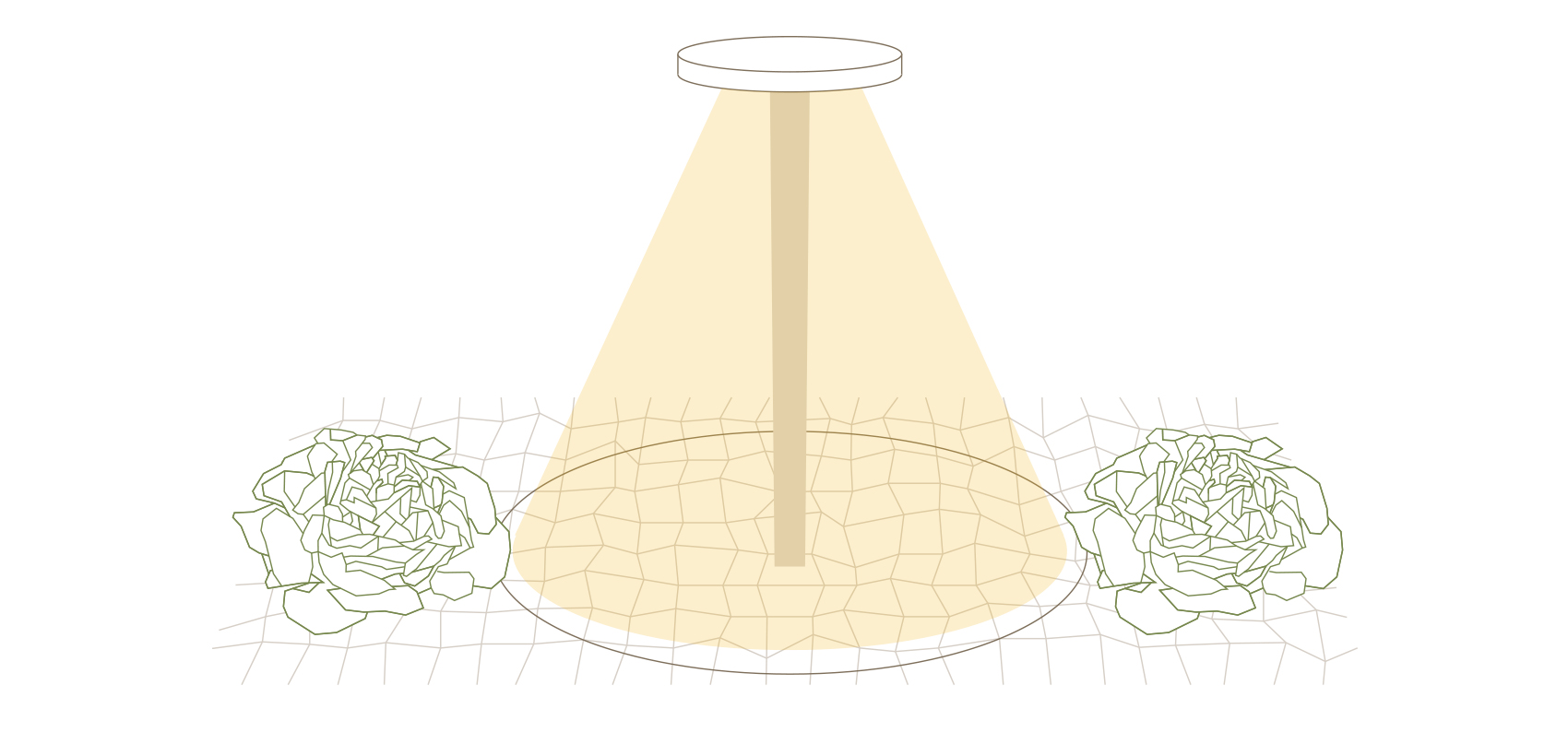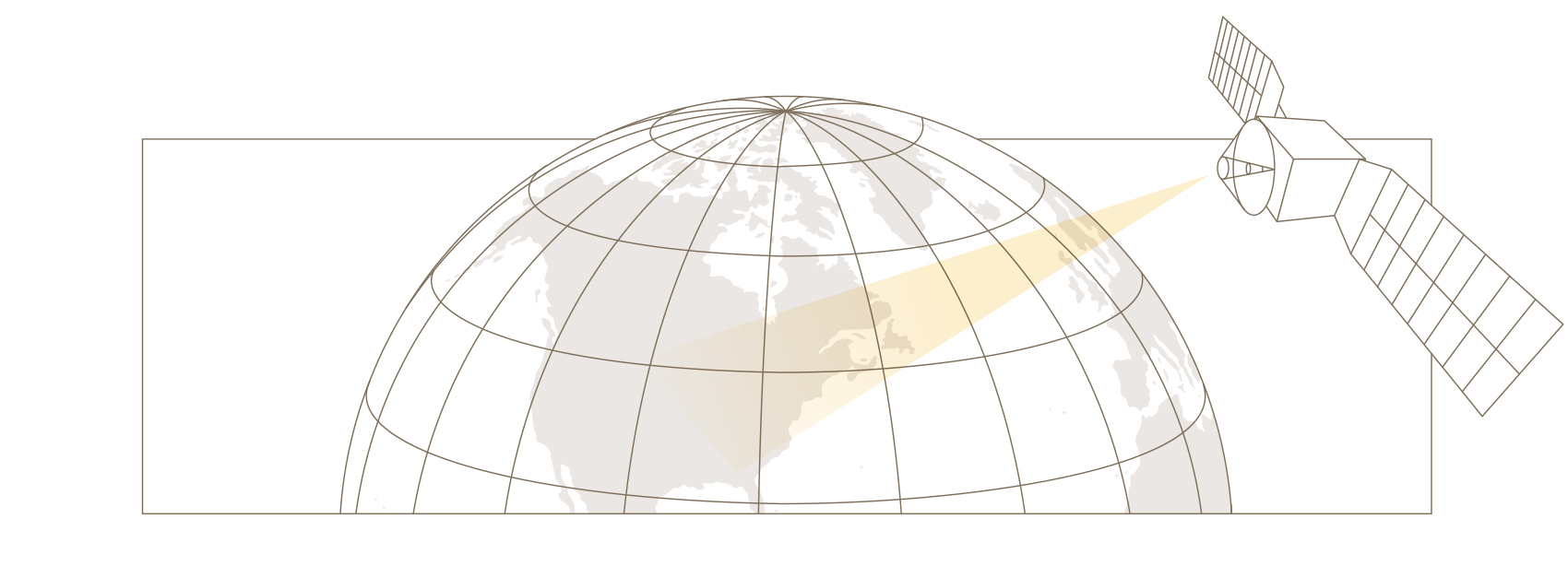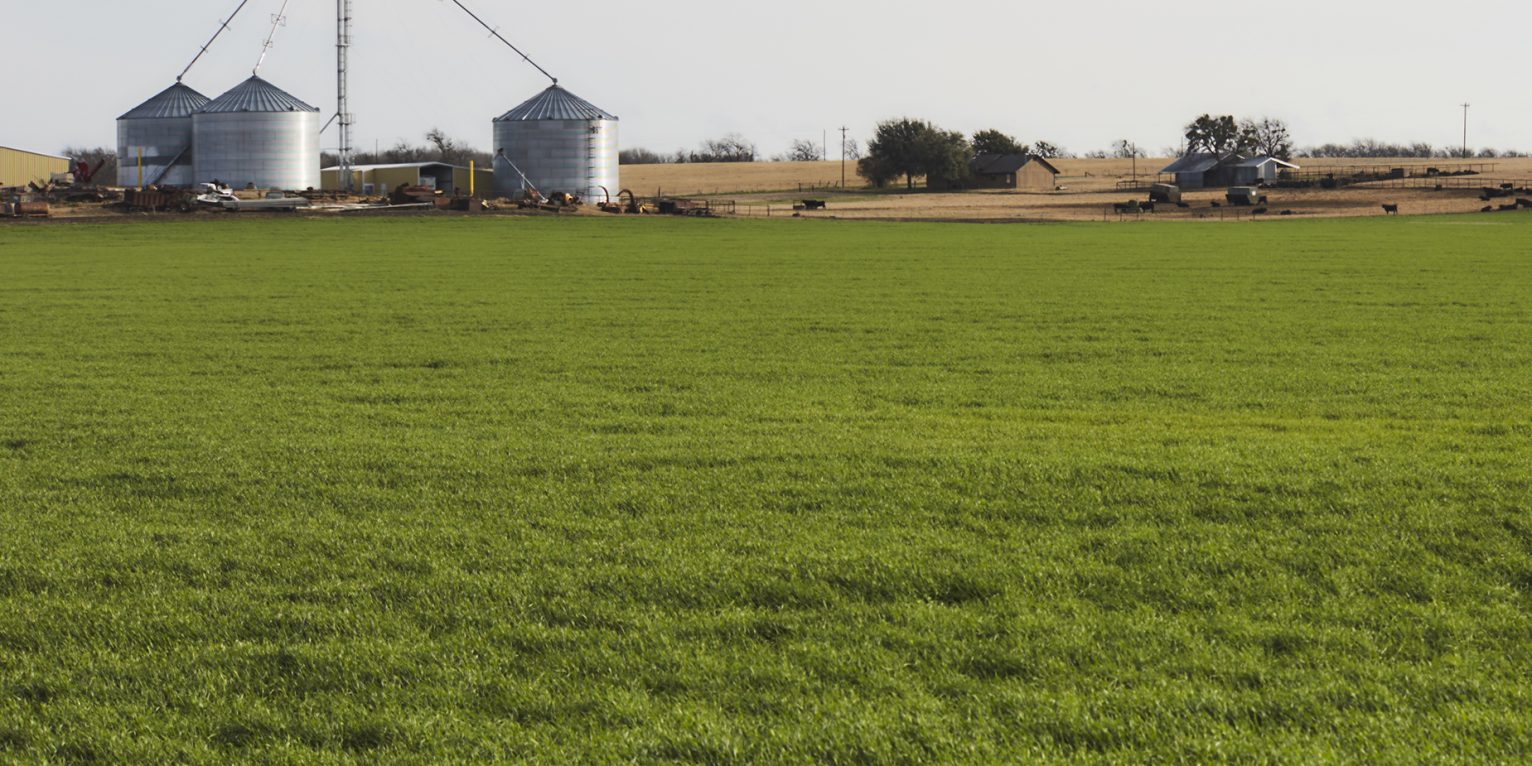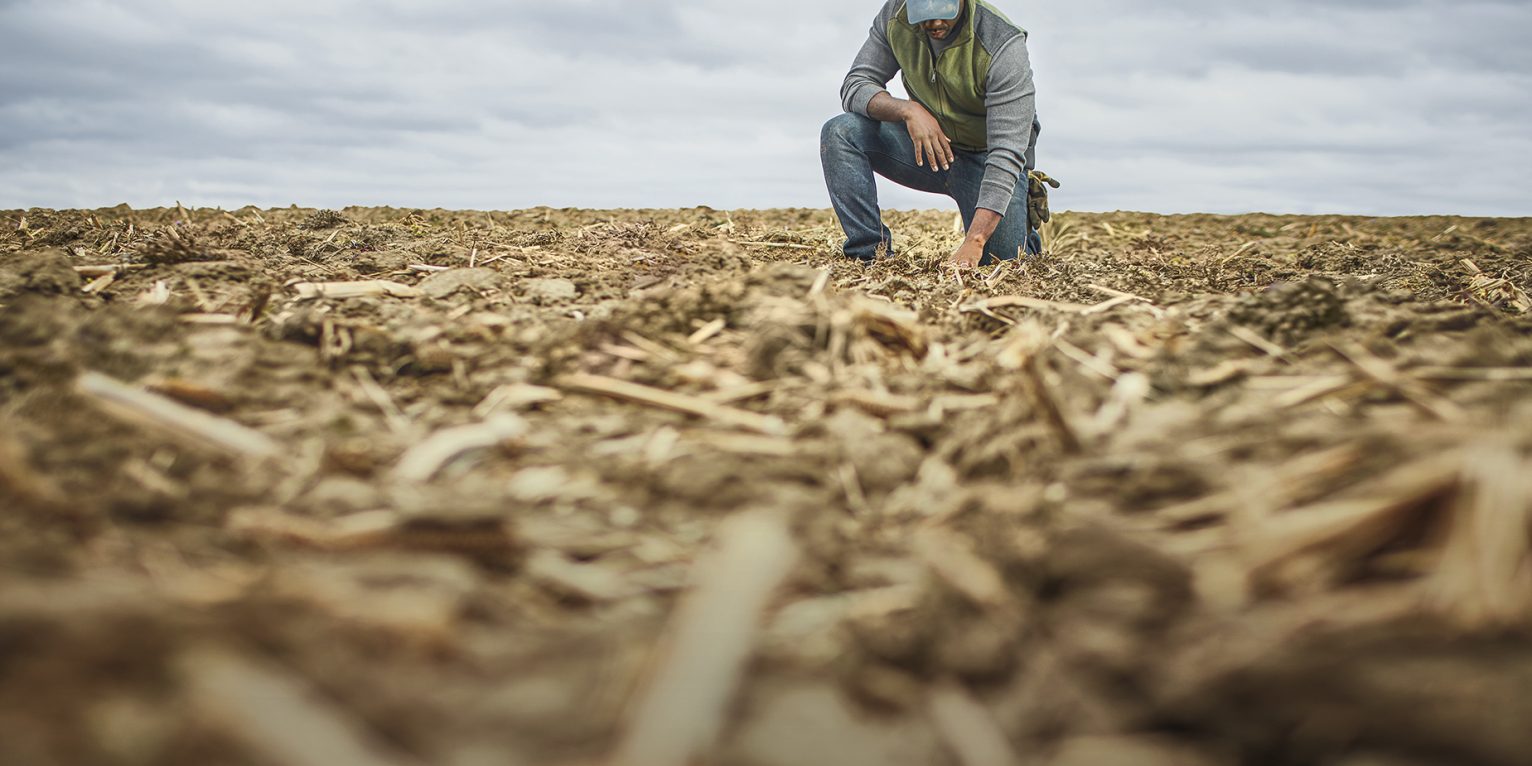
Crop Protection Toolbox
Farmers refer to the tools and techniques for dealing with insects, disease, and weeds as the crop protection toolbox. These tools have evolved considerably from the days of labor-intensive techniques like hand weeding. Today, modern agriculture has equipped farmers with tools like advanced plant breeding, genetically modified seeds, and advanced crop protection products. These modern techniques support long-established crop protection practices, like crop rotation, tillage, and cover crops. In addition, the advent of precision sensing technologies is helping farmers discover potential problems earlier than was previously possible.






